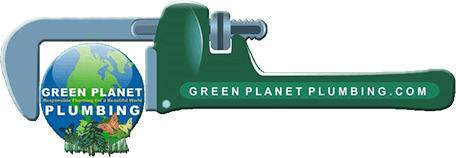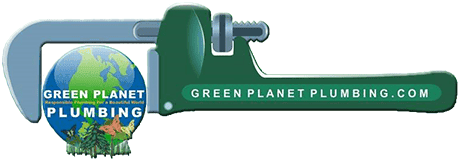As adults, it's easy to take what we know for granted. For instance, few adults would ever intentionally flush a Teenage Mutant Ninja Turtle action figure down the toilet. However, if you're a parent, you probably know a few "tiny" humans who might be inclined to give this a try. Along with everything else you teach your kids, plumbing knowledge must be part of that, especially if you'd like to avoid major headaches down the road.
Below, we've put together a list of the "essentials" that most kids should know about their home's plumbing system. Some of this knowledge should be learned early for safety reasons, but ultimately, you'll have to determine the best age to introduce these lessons.
1. Be careful with the hot water!
Your child has fairly easy access to the hot and cold water faucets in your kitchen and bathroom. A small child can get burned from attempting to use hot water on their own or treating the faucet like a toy. Warn your child about using the “hot” handle so that they won’t be tempted to play with it. When they’re old enough to use it, teach them to turn it in tiny increments to avoid burns.
This information may seem elementary, but according to the Burn Foundation, more than 500,000 scald burns occur in the U.S. annually, and children under the age of 5 and elders over the age of 65 are at the most risk for these burns. If you’d like to take an extra preventative measure to protect your family, the U.S. Consumer Product Safety Commission (CPSC) recommends lowering your water heater's thermostat to 120 degrees Fahrenheit to prevent tap water scalds.
2. The toilet is not a garbage can (or toybox).
Once your toddler learns that things “disappear” when you flush the toilet, they may be tempted to see what else they can make “go down the hole.” In fact, many adults are guilty of flushing a variety of items that should never enter your plumbing system, including paper towels, personal wipes, antibacterial wipes, facial tissues, floss, hair, feminine hygiene products, and cigarettes.
So what makes toilet paper different from similar-looking paper products? Toilet paper breaks down into tiny pieces in water very quickly, which allows it to pass through your home’s narrow drain and waste pipes to get to the city sewer. Other paper products are manufactured to hold their shape against moisture or absorb it, making them much more prone to causing clogs. You can even see the difference between the way toilet paper and flushable wipes behave in water in this video.
Bottom Line: Unless it’s toilet paper or a bodily function, don’t flush it.
3. If you clog the toilet, don’t keep trying to flush.
There are few things more panic-inducing than watching the water level rise in a toilet after you’ve flushed. This is a fairly common issue with low-flow toilets manufactured a couple of decades or more back (thankfully, modern low-flow toilets are far less clog-prone and are still a great way to conserve water). Let your child know that if they ever clog a toilet that the last thing they should do is flush again. More than likely, this will cause the toilet to fill with even more water and overflow.
Tell your child to get an adult to help them unclog the toilet. No matter how embarrassing it seems, it will be much less embarrassing (and less dirty) than flooding the entire bathroom. Once your child is old enough to handle a plunger, have them practice plunging techniques so that they’re well-equipped to handle clogs by the time they enter adulthood.
You might also like:
Top Five Ways to Save Water at Home
Spring Clean With These Naturally Antibacterial Products
6 Reasons to Ditch Harsh Chemical Drain Cleaners
At Green Planet Plumbing & Sewer, LLC, we understand that plumbing problems are often frustrating and urgent. We offer same-day appointments for plumbing repair in Seattle to help you get your home back on track: (206) 207-7625.


